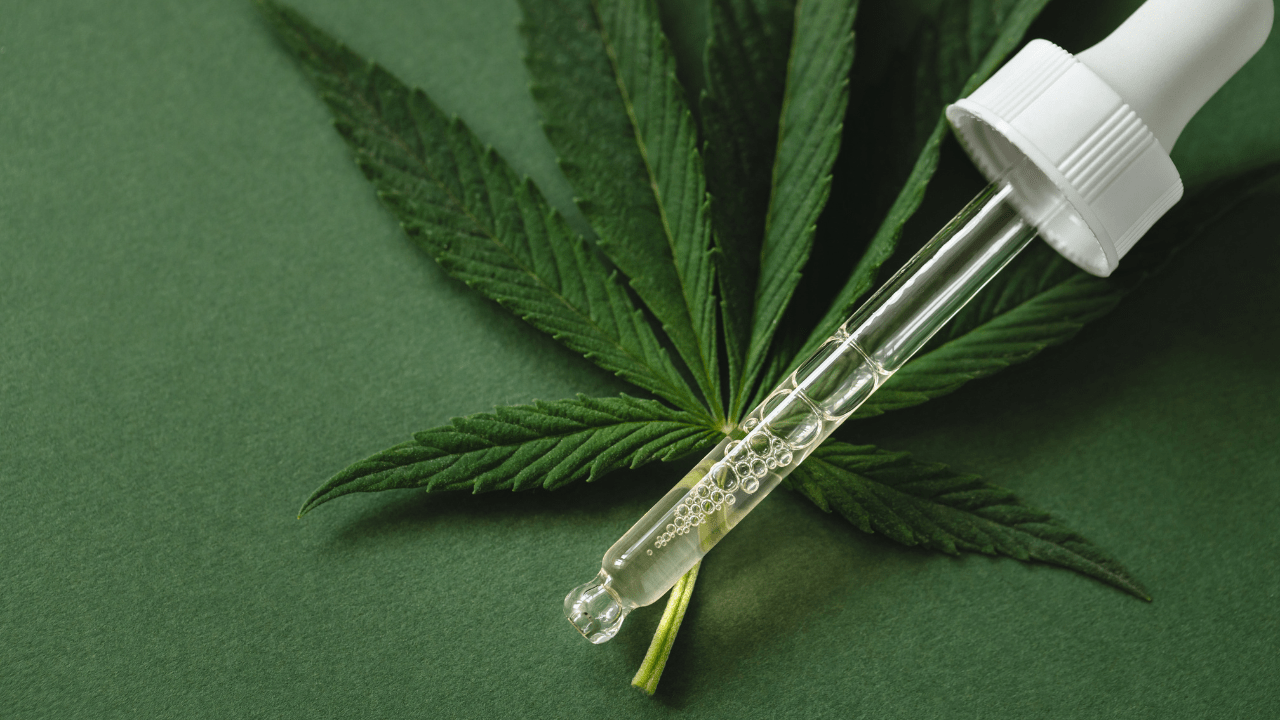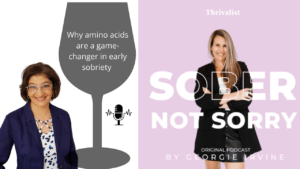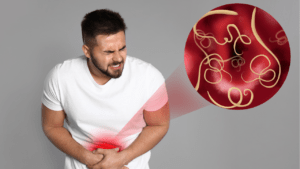Cannabis – A Therapeutic Panacea
by Vanita Dahia
The interest and media buzz in cannabis plantations world-wide for medicinal and recreational use has grown significantly since the partial legalisation of Cannabis in some countries.
Two components of Cannabis are CBD (cannabidiol) and THC (tetrahydrocannabinol) that bind to cannabinoid receptors in the body to produce its many therapeutic benefits. CBD and THC are two of the most prominent cannabinoids found in the Cannabis plant.
Typically Cannabis is used for its psychoactive properties to “get you on a high”.
All Cannabis is not the Same
The therapeutic benefits of THC differs from that of CBD.
THC and CBD is derived from the same plant but is different in its clinical actions.
CBD lacks psychoactive effects, therefore does not elicit the “high”. CBD has potent anti-inflammatory and anti-seizure properties.
CBD has been shown to benefit in:
⦁ seizures
⦁ inflammation
⦁ pain
⦁ psychosis or mental disorders
⦁ inflammatory bowel disease
⦁ nausea
⦁ migraines
⦁ depression
⦁ anxiety
Tetrahydrocannabinol (THC), can have a negative impact on your hormones. THC has been shown to benefit in:
⦁ pain
⦁ muscle spasticity
⦁ glaucoma
⦁ insomnia
⦁ low appetite
⦁ nausea
⦁ anxiety
CBD is generally well tolerated whereas THC usage is associated with side effects of:
⦁ increased heart rate
⦁ coordination problems
⦁ dry mouth
⦁ red eyes
⦁ slower reaction times
⦁ memory loss
Teenagers trying a Joint
Adolescents with a specific gene polymorphism, one of which is CADM2 gene, become intolerant to cannabis and subsequently develop Schizophrenia.
There seems to be a genetic vulnerability (1) to schizophrenia in associated with cannabis use particularly during adolescence.
Both marijuana and hemp produce CBD and THC are found predominantly in the cannabis plant but can also be found in other plants such as:
⦁ Hemp
⦁ Echinacea
⦁ Acmella oleracea
⦁ Japanese Liverwort
⦁ Helichrysum
⦁ Cacao
Cannabis, also known as Marijuana, Bhang, Ganja, Weed, Hashish, Mary Jane or Pot among many others has a higher concentration of THC. Hemp has a higher concentration of CBD.
The THC compound is most associated with psychoactive effects known for its recreational additive use. CBD now is popularized as CBD oil or gum has less psychoactive effects, but has been shown great promise in treating anxiety, depression, pain, and seizures.
Effect of CBD (cannabidiol) on the Brain
- CBD has less hallucinogenic effects than THC.
- CBD is prescribed routinely in conditions of pain, seizure, IBS, and anxiety.
- CBD blocks tryptophan degradation (2), leading to tryptophan and subsequent Serotonin accumulation.
- CBD binds to GABA receptors which explains its positive effects in anxiety and convulsions.
- CBD binds to pain receptors called CB1 and CB2. CBI receptors are concentrated in the CNS, peripheral Nervous system and the spinal cord. The nociceptive pain relief may be associated with CB1 receptor mediation.
- CBD has been shown to alleviate seizures and used in the treatment of epilepsy showcasing the anti-epileptic properties of CBD oil when binding to GABA receptors.(3)
- CBD has been shown to provide anti-anxiety effects perhaps through mediation of CB1 receptors, GABA receptor binding or eve mechanisms that have not been established yet.(4)
How CBD works
CBD works by activation by CB1 and CB2 receptors in the brain.
CBD tends to have a lower affinity for CB1 cannabinoid receptors that bind and are activated by THC. The activity of CBD is dependent on the activation of CB2 receptors which are found in white blood cells responsible for immune function in the blood. This explains why CBD is useful for immune regulation and inflammatory conditions.
CBD has anti-inflammatory effects and therefore beneficial for IBS, hyper motility or gastro-intestinal discomfort.
CBD inhibits the uptake of adenosine, a component of ATP, our energy produced in the mitochondria of each cell. This is another mechanism of management of inflammation with CBD.(5)
CBD may assist in bone health by reducing bone loss in osteopenia and osteoporosis. Bone density decreases particularly at menopause due to declining estrogen levels. CBD stimulates bone formation by CB2 expression in osteoblasts and osteoclasts.(6)
CBD has shown benefits in cancer management. CBD appears to selectively increase reactive oxygen species (ROS) in cancer cells which leads to cancer cell death.(7)
The current state and future perspectives of cannabinoids in cancer are well researched and published. The antitumor effects of cannabinoids have to overcome their known immunosuppressive effects which can be potentially protumorigenic. The interactions between cannabinoids and conventional chemotherapeutic agents have to be defined and further studies are warranted.
CBD use has found its applications in palliative care, analgesia and countering the emetic of chemotherapeutic drugs.
CBD shows some promise in management of spasticity in multiple sclerosis.
CBD’s main claim to fame was the therapeutic benefits in the treatment of epilepsy. CB1 receptors in the hippocampus increase in epileptic patients. CBD has shown promise in protection against seizure activity.(8)
CBS plays a role in immune regulation by inhibiting B- and T-lymphocyte responses. CBD can therefore support both cellular and humoral immunity. Cellular immunity guards against infected cells from bacteria, fungus, and viruses and toxins. Humoral immunity is the body’s antibody response to infection. Imbalances in cellular and humoral immunity may contribute to organ rejection (cellular) or cytokine storms which leads to inflammation and chronic complex conditions.
CBD’s immune regulation effect is predominantly on CB2 receptors which accounts for its anti-inflammatory properties.
CBD has shown benefits in mental health conditions like depression and anxiety due to its action on CB1 receptors and modulation of 5HT 1a receptors in the brain. 5HT 1a receptors aid the release of brain derived neurotropic factor (BDNF), the brains own neuroprotection assisting with memory, focus and cognition.(9)
Depression is associated with low Serotonin and corresponding low BDNF levels leasing to poor neuroprotection. CBD effort to raise BDNF is one of the mechanisms to its anti-depressant effect.
CBD also has shown promise in the treatment of Alzheimer’s disease as BDNF plays a role in preventing cell death caused by these β-amyloid accumulation in Alzheimer’s disease.(10)
CBD use is a therapeutic panacea, so many uses and so much more to research and investigate.
References
1. https://www.ncbi.nlm.nih.gov/pubmed/30031300
2. Jenny, Marcel, et al. “The potential role of cannabinoids in modulating serotonergic signaling by their influence on tryptophan metabolism.” Pharmaceuticals 3.8 (2010): 2647-2660
3. Kaplan, Sheila. “F.D.A. Panel Recommends Approval of Cannabis-Based Drug for Epilepsy.” The New York Times, The New York Times, 19 Apr. 2018
4. Bakas, T., et al. “The direct actions of cannabidiol and 2-arachidonoyl glycerol at GABAA receptors.” Pharmacological research 119 (2017): 358-370.
5. Pagotto U, et al. The emerging role of the endocannabinoid system in endocrine regulation and energy balance. Endocrine Reviews. 2006;27(1):73-100.
6. Bab I, et al. Cannabinoids and the skeleton: From marijuana to reversal of bone loss. Annals of Med. 2009;41:560-567.
7. https://www.ncbi.nlm.nih.gov/pmc/articles/PMC5852356/
8. www.nytimes.com/2018/04/19/health/epidiolex-fda-cannabis-marajuana.html
9. Linge R, et al. Cannabidiol induces rapid-acting antidepressant-like effects and enhances cortical 5-HT/glutamate neurotransmission: role of 5-HT1a Neuropharmacology. 2016;103:16-26
10. Campos AC, et al. Cannabidiol, neuroprotection and neuropsychiatric disorders. Pharmacol Res. 2016;112:119-127






